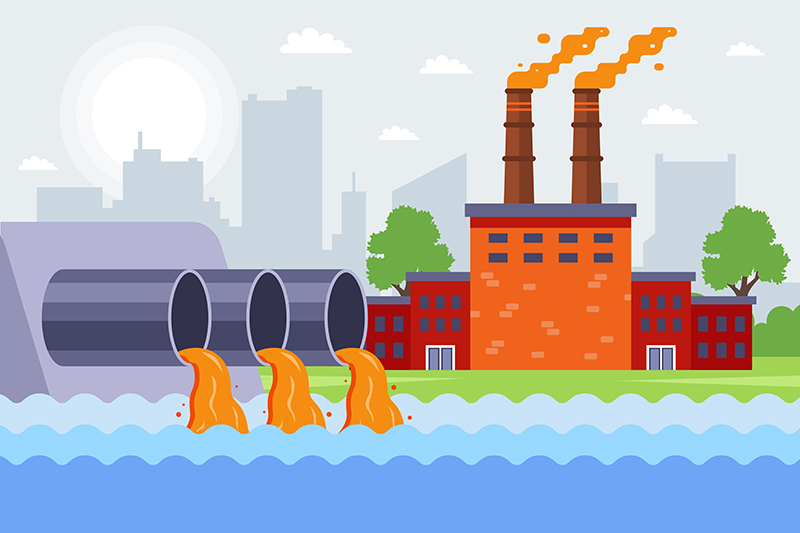flocculation chemicals
The Role of Flocculation Chemicals in Water Treatment
Flocculation is a crucial process in various industries, particularly in water treatment, where it plays a significant role in the purification of drinking water and wastewater management. Flocculation chemicals, often known simply as flocculants, are substances added to water to promote the agglomeration of suspended particles into a floc, which can then be removed from the liquid more efficiently. Understanding the types, mechanisms, and impacts of flocculation chemicals is essential for optimizing water treatment processes and ensuring safe water supplies.
Types of Flocculation Chemicals
Flocculation chemicals can be categorized into two primary groups organic and inorganic flocculants.
1. Organic Flocculants These are usually synthetic polymers, which can either be cationic, anionic, or nonionic. They are effective in various water treatment applications due to their high molecular weight and charge density, which facilitate the aggregation of suspended particles. Common examples of organic flocculants include polyacrylamide and polyDADMAC (poly(dimethyl diallyl ammonium chloride)).
2. Inorganic Flocculants These typically consist of metal salts and are used to neutralize the charge on suspended particles, promoting their agglomeration. Aluminum sulfate (often referred to as alum) and ferric chloride are widely used inorganic flocculants. These substances work by destabilizing the colloidal particles in water, allowing them to cluster together and form larger aggregates that can be easily removed.
Mechanisms of Action
The effectiveness of flocculation chemicals relies on their ability to bind particles together. The process begins with the addition of flocculants to water, where they interact with suspended solids. This interaction can occur through several mechanisms
- Charge Neutralization Most suspended particles in water carry a negative charge, which prevents them from coming together. Flocculants, especially inorganic ones, release positively charged ions that neutralize this charge, allowing particles to aggregate.
- Bridge Formation Organic flocculants can act like a bridge between particles
. The long chains of polymers can attach to multiple particles, linking them together and forming flocs that are larger and heavier, facilitating their removal through sedimentation or filtration.flocculation chemicals

- Hydrophobic Interaction Some polymeric flocculants have hydrophobic properties that enable them to interact with organic materials in the water, promoting the binding of these materials together with inorganic particles.
Impact on Water Quality
The use of flocculation chemicals in water treatment has significant implications for water quality. Effective flocculation can lead to a reduction in turbidity, suspended solids, and pathogens, resulting in cleaner water. However, the choice and dosage of flocculants must be carefully managed to avoid adverse effects.
Excessive use of flocculants can lead to residual chemicals in the treated water, which may pose health risks. Therefore, thorough testing and monitoring are crucial to ensure that flocculation processes do not compromise water safety. Additionally, the environmental impact of flocculants should be considered, particularly in wastewater applications, where improper handling can lead to pollution and ecological damage.
Future Trends and Considerations
As water scarcity and quality issues become increasingly pressing due to urbanization and climate change, the demand for effective water treatment solutions will continue to grow. Innovations in flocculation chemicals are anticipated, with a focus on biodegradable and less harmful alternatives. Research is underway to develop more efficient, eco-friendly flocculants that maintain high performance while minimizing potential hazards.
Moreover, integrating advanced technologies such as artificial intelligence and machine learning into water treatment processes could optimize the dosing and application of flocculants, ensuring maximum efficiency and cost-effectiveness.
Conclusion
Flocculation chemicals play a vital role in the treatment of water, facilitating the removal of contaminants and ensuring the provision of safe drinking water. Understanding their types, mechanisms, and impacts is essential for optimizing water treatment processes. As technologies evolve and environmental concerns grow, ongoing research and innovation will be key in developing sustainable flocculation solutions to meet future water quality demands.
-
Pbtc Scale InhibitorPBTC: A Scale Protector for Industrial Water TreatmentNewsAug.05,2025
-
Organic Phosphonate: An Efficient Defender in the Field of Scale InhibitionNewsAug.05,2025
-
Hydrolyzed Polymaleic Anhydride: Green Pioneer in Scale Inhibition FieldNewsAug.05,2025
-
PAPEMP Polyamino Polyether Methylene Phosphonic Acid For SaleNewsAug.05,2025
-
Flocculant Water Treatment: A Pioneer in Purification in the Field of Water TreatmentNewsAug.05,2025
-
Benzyl Isothiazolinone: An Efficient and Broad-Spectrum Antibacterial Protective GuardNewsAug.05,2025





